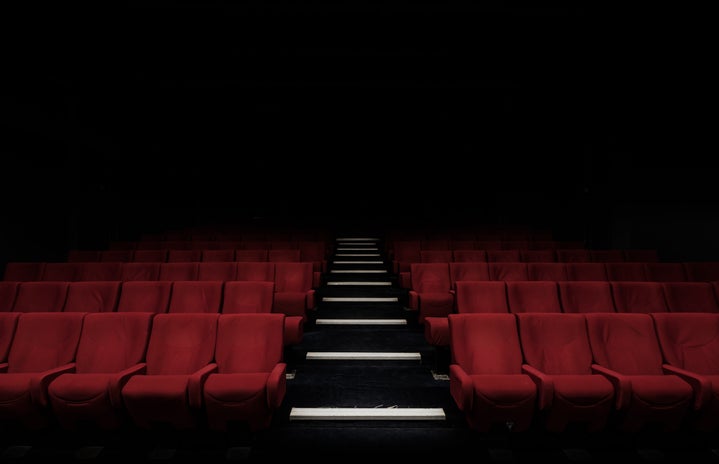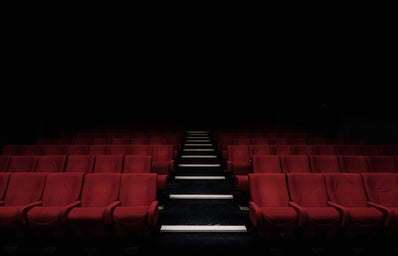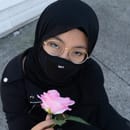At The Oscars films are nominated and actors get their deserving fame. Singers and bands are idolized through posters plastered on walls like shrines to worship their stardom and significance. Paparazzi rush to get pictures of these noteworthy celebrities and their faces become ingrained on our screens, in the name of the digital era.
Actors, singers, directors, we know them. But how many animators can we name? One? Two? Zero? How does one know an animator? How can we really stay and watch the credits roll and remember every name? Truth is, we can’t, and we don’t care.
Let’s face it, the Western world has a strange relationship with animated films, since they’re not exactly ‘real.’
Most people think that cartoons are a thing for kids, unless they contain a copious amount of adult humor and satire like Family Guy or Bojack Horseman, which both express the misery of adulthood. Shows which, of course, have their own benefits.
However, the adults that watch cartoons without themes of sex and dark humour are seen as nerdy or strange. When you think of an adult that watches animated shows, what do you picture? You may imagine a mega-anime fan; a racist stereotype of an Asian man in his room eating cup noodles and snuggling up to his anime girl body pillow. Fans of anime are even called the offensive term “weeb.” Teens in high school get bullied for it. Adults now feel embarrassed talking about it. Regardless of gender, it’s just not cool to watch drawn-people as a fully functional adult in the Western world.
But as the world progresses, the cinema produced by Hollywood is not catching up with the needs of the times. We need more films about exposure to humanitarian crises, not more spy movies. We need to see diversity, emotion, and rawness more than cookie-cutter action plots about suave men with sunglasses.
I previously, like most people, hadn’t touched anime much. I watched lots of Doraemon as a kid, a manga and show about an earless robotic cat, but ever since I fell out of touch with the art form. I used to doodle humans with expressive and colourful anime eyes. Now, I subconsciously aim to draw people as more ‘normal-looking,’ so I fit in. I watched Pokémon as a kid, and fell out of love with that too.
The other day, my friend took me to see an animated film called Weathering With You. Most of the audience in the theatre was Asian. “Oh, here we go,” I thought subconsciously. “Weebs.”
However, by the end of the film, I pretty much came out as a ‘weeb’ myself.
Weathering With You is probably one of the most beautiful films I’ve ever seen in my lifetime. With a well deserved 90 per cent on Rotten Tomatoes, it’s a disaster/fantasy/drama film that mashes the real, impending doom of climate change with Japanese folklore. The story synopsis is as follows: “A boy runs away to Tokyo and befriends a girl who appears to be able to manipulate the weather.” The aerial cityscapes of Tokyo were drawn in a way that felt sublime – tall, overwhelming, and beautiful. Stylistically, the film is a mix of hand-drawn and CGI, but it looked as real as the Toronto skyline. The golden sunlight spilled against the concrete walls like melted honey in some parts, while other parts of the city looked run-down and business-like. Visually, the dynamic of buildings looked more alive than real buildings at times.
Another difficulty within animation is capturing precise details. In fact, most water droplets were animated tediously by hand to capture their tiny details.
Like the visuals, the storyline is just as compelling. No details are forgotten. The main character, Hodaka Morishima, is a runaway, and has a complex similar to Holden Caulfield from The Catcher in the Rye, as a somewhat angsty but hardworking boy. The director, Makoto Shinkai, himself noted after seeing Joker last year that Hodaka was somewhat similar to the title character, specifically in the sense that he was misunderstood, had bottled up anger, and carried a gun. Joker and Hodaka are both examples of social rejects, and Shinkai couldn’t help but feel perhaps Hodaka would have turned into the villain as well, ha he not gone on his journey throughout the film.
Other than Japanese anime, there are other animated films that are also noteworthy. Frozen 2 is absolutely striking in sounds and scenery, but also phenomenal in character development. For those who know the jist of the first Frozen film, we knew Anna to be a shallow little sister who dates around while Elsa, the eldest, is a mature and stern ice queen. In the second film, these roles switch. Anna’s relationship with her boyfriend Kristoff fluctuates, and they become distant as Anna becomes focused on her sister. Anna shows her strength in her older sister’s absence. When Anna breaks down under the emotional weight, so did my friend beside me in the theatre: a 29-year-old guy, who had to leave the theatre because he was crying so much. This proves that animation is for all ages and gender, regardless of who the target audience is.
To enjoy animated films proves that empathy does not only apply to other human beings. As humans, sometimes, we can be creative and see ourselves in plants, animals, stuffed animals, or a pet rock. Maybe we find solace in our favourite tree on the street, or the smell of home, or the sound of a familiar text tone, or perhaps the taste of childhood dessert. We can relate to anything that reminds us slightly of ourselves: of who we were, who we are, and who we could be. That’s why animation is a blessing, each frame is filled with life and intent through complex characters who breathe their 2D air, the same as we do in our 3D world.



